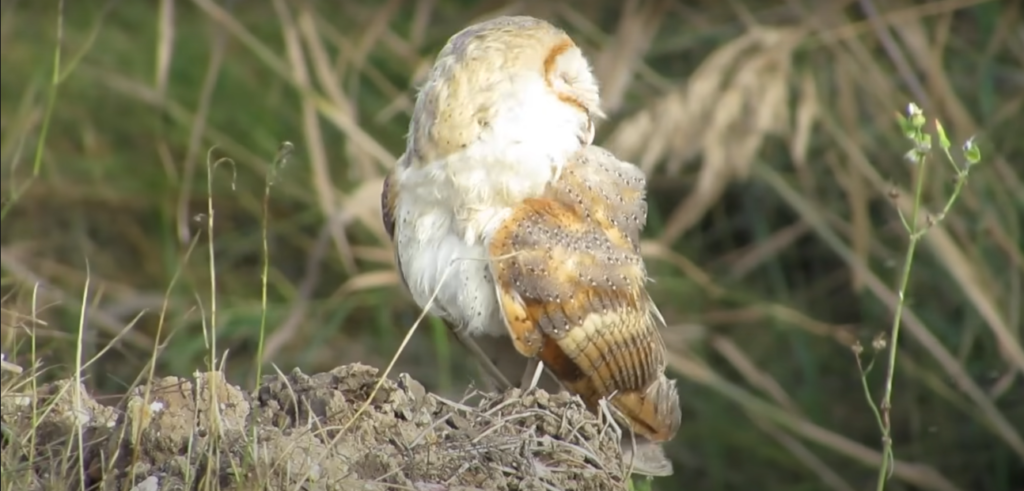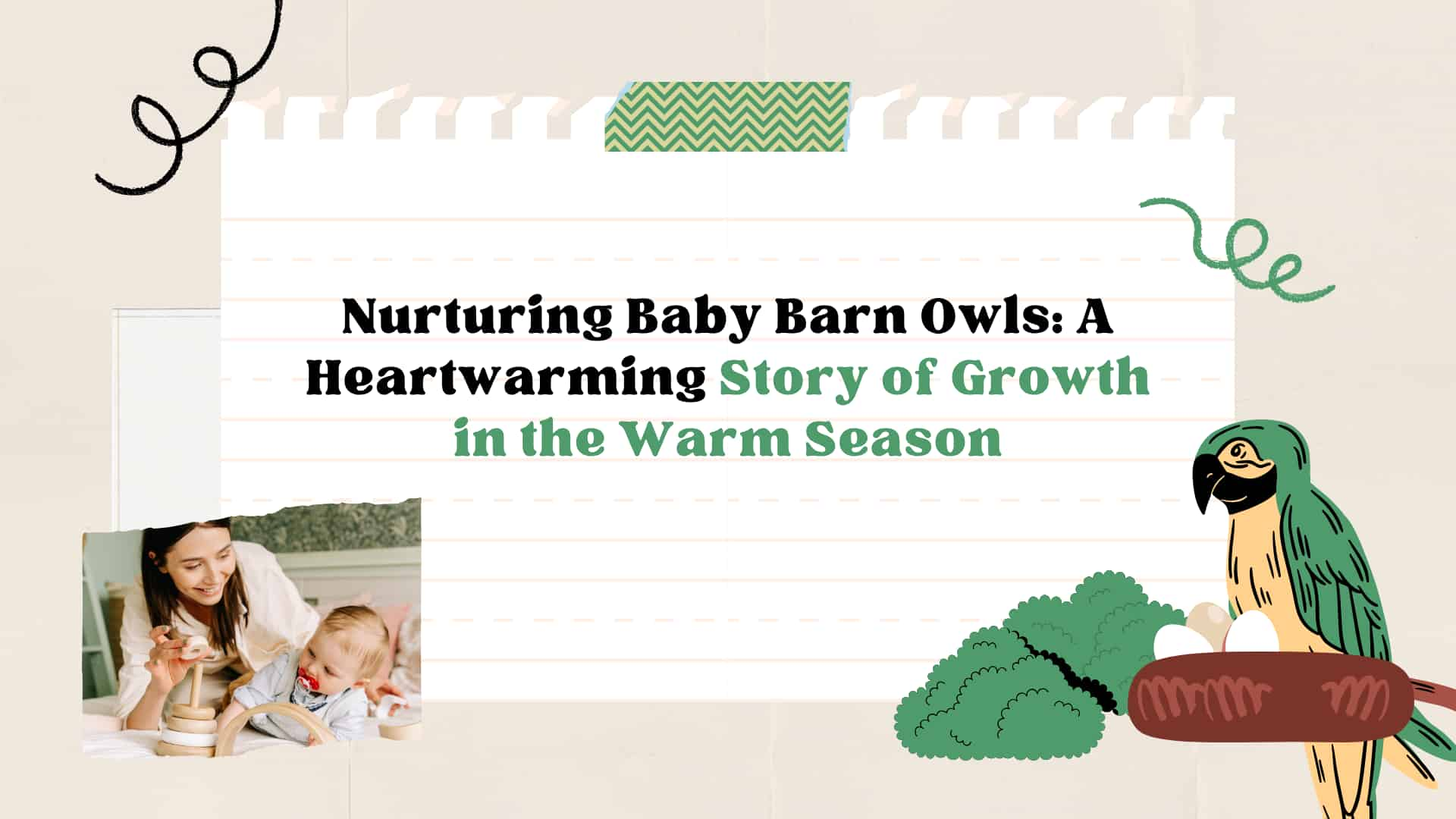Baby Barn Owls: Nurturing in the Warm Season
During the warm season, baby barn owls go through a significant growth phase. A typical clutch of eggs usually has 4 eggs, though it’s common for one or two eggs not to hatch. Once hatched, the owlets develop a fine coat of down in a short period, but they still rely on their mother for warmth and protection.
The female owl cares for them until they are around three weeks old, while the male owl brings small mammals for food. The mother tears the prey into smaller pieces to feed her young.
Early Stages of Growth
In the first week of life, baby barn owls produce soft chirps, especially when they are disturbed. By three weeks, the owlets begin to eat more substantial food, like small mice or grains. Their down is replaced by a thicker layer of insulation, helping to keep them warm.

At this stage, the female owl can assist the male owl with hunting duties. As they become more mobile, they start to show their growing independence by moving around, running, jumping, and even hissing.
Physical Changes and Skills
At five weeks, the baby owls are more active, with their heads moving in various directions, including turning backward. Their distinctive heart-shaped face and growing flight feathers start to emerge under the soft down. By eight to nine weeks, they begin wing-flapping exercises, and bits of down fly in all directions.
Read more: Physical Changes and Skills
They attempt their first short flights around this time, and by ten weeks, they resemble adult owls and are able to fly confidently.
Hunting and Independence
At about 12 weeks, the young barn owls gradually become more independent. They start leaving the nest during the day, often hopping to nearby trees. Despite not receiving formal training, they begin to hunt instinctively.
Their first prey capture often occurs around 72 days of age. Initially, they consume less food than the adults, and it takes them time to become proficient hunters.

Dispersal, or the process of leaving the parents’ territory, begins around 13 weeks, and by 14 weeks, most of the owlets have fully left.
Parental Role and Departure
Even after the young owls leave the nest, the parents still bring food back to the nest, helping them through the transition to independence.
Also read: Parental Role and Departure
Some evidence suggests that in certain situations, adult owls, particularly females, may even hunt their young, but they generally tolerate them in the area for months after they leave.
The dispersal process is essential for the owlets as they search for their own territories, and by the time they are about 14 weeks old, they are ready to begin their own lives away from their parents.
Conclusion
Baby barn owls go through significant physical and behavioral changes in the warm season, from hatching to learning to hunt and eventually leaving the nest.
This period is crucial for their development and survival, relying on their instincts and the nurturing care of both parents to become independent hunters and find their own territories.
FAQ’s:
1. What is the average number of eggs laid by a female Barn Owl?
Answer: A female barn owl typically lays around 4 eggs per clutch. It’s common for one or two eggs not to hatch, but on average, around 4 owlets successfully emerge.
2. How do baby Barn Owls develop after hatching?
Answer: After hatching, baby barn owls develop a thin down coat that helps them stay warm. At first, they are entirely dependent on the mother for warmth and care. By 3 weeks, their insulation becomes thicker, helping them stay warm independently.
3. What role do the parents play in feeding their young?
Answer: The male barn owl hunts small mammals and brings them back to the nest. The female then tears the prey into smaller pieces to feed her growing young. The female owl also assists with hunting duties once the owlets reach about 3 weeks of age.
4. At what age do baby Barn Owls start eating solid food?
Answer: By 3 weeks old, baby barn owls can begin consuming more substantial food such as small mice or grains. Before this age, they mainly rely on their mother’s feeding process.
5. How do baby Barn Owls communicate in their early stages?
Answer: In their first week of life, baby barn owls often chirp softly, especially when they sense disturbance. These chirps help their parents identify their needs or if they are in distress.
6. When do baby Barn Owls start flying?
Answer: Baby barn owls begin wing-flapping exercises at 8 to 9 weeks, and by 10 weeks, most of them can fly confidently. However, they return to the nest frequently during their initial flights.
7. What is the process of dispersal for young Barn Owls?
Answer: Around 12-13 weeks, baby barn owls start dispersing from their parents’ territory. Dispersal is when they begin searching for their own territory, and by 14 weeks, they typically leave their parents to live independently.

